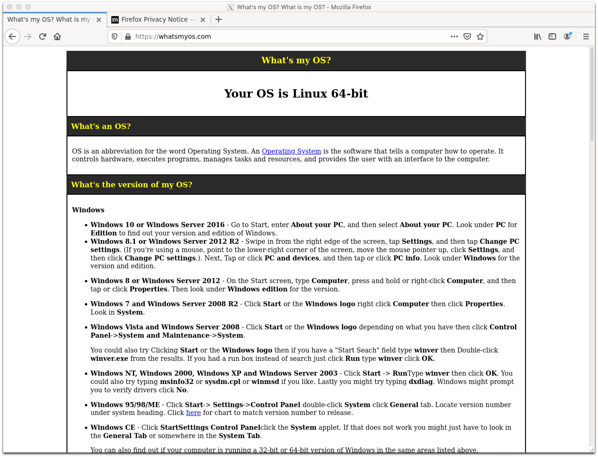The whole “Free as in beer versus free as in freedom” thing confuses people. Or maybe it doesn’t, and it allows detractors to sow fear, uncertainty and doubt over free software by feigning confusion. Either way, people express confusion.
What is “free as in beer”? Beer is never free, it costs money. Oh, you mean when someone gives me free beer. So, like a round-ordering system, where there’s an expectation that I’ll reciprocate later? Or a promotional beer, where there’s a future expectation that I’ll buy more beer?
No, we mean the beer that a friend buys you when you’re out together and they say “let’s get a couple of beers”. There’s no financial tally kept, no expectation to reciprocate, because then it wouldn’t be friendship: it would be some exchange-mediated relationship that can be nullified by balancing the books. There’s no strings attached, just beer (or coffee, or orange squash, whatever you drink). You get the beer, you don’t pay: but you don’t get to make your own beer, or improve that beer. Gratuity, but no liberty.
Various extensions have been offered to the gratis-vs-libre discussions of freedom. One of the funniest, from a proprietary software vendor’s then-CEO, was Scott McNealy’s “free as in puppies”: implying that while the product may be gratis, there’s work to come afterwards.
I think another extension to help software producers like you and me understand the point of the rights conferred by free software is “free as in water”. In so-called developed societies, most of us pay for water, and most of us have a reasonable expectation of a right to access for water. In fact, we often don’t pay for water, we pay for the infrastructure that gets clean, fresh water to our houses and returns soiled water to the treatment centres. If we’re out of our houses, there are public water fountains in urban areas, and a requirement for refreshment businesses to supply fresh water at no cost.
Of course, none of this is to say that you can’t run a for-profit water business. Here in the UK, that infrastructure that gets the main water supply to our houses, offices and other buildings is run for profit, though there are certain expectations placed on the operators in line with the idea that access to water is a right to be enjoyed by all. And nothing stops you from paying directly for the product: you can of course go out and buy a bottle of Dasani. You’ll end up with water that’s indistinguishable from anybody else’s water, but you’ll pay for the marketing message that this water changes your life in satisfying ways.
When the expectation of the “freedom to use the water, for any purpose” is violated, people are justifiably incensed. You can claim that water isn’t a human right, and you can expect that view to be considered dehumanising.
Just as water is necessary to our biological life, so software has become necessary to our social and civic lives due to its eating the world. It’s entirely reasonable to want insight and control into that process, and to want software that’s free as in water.



